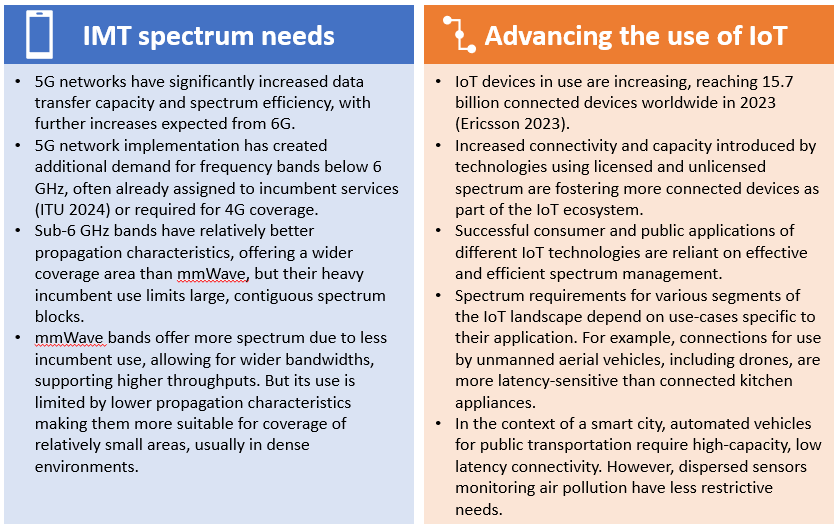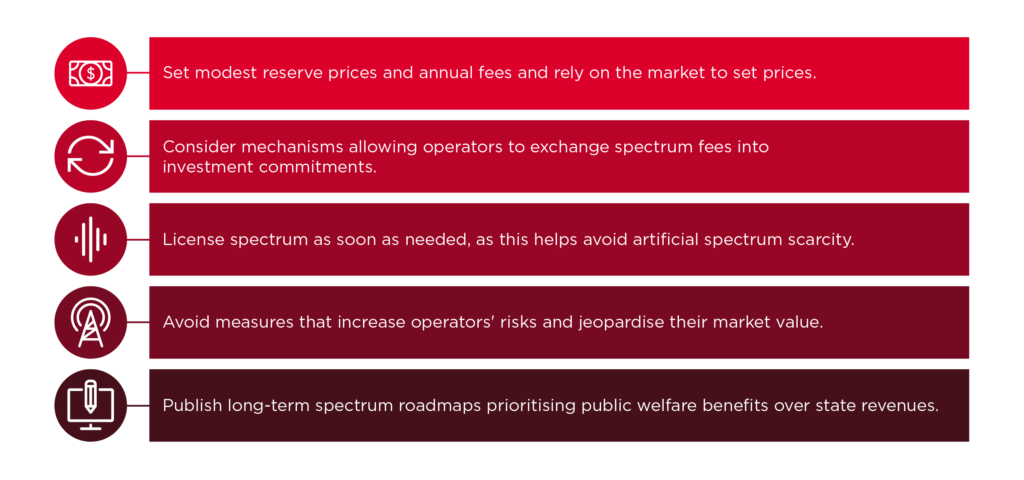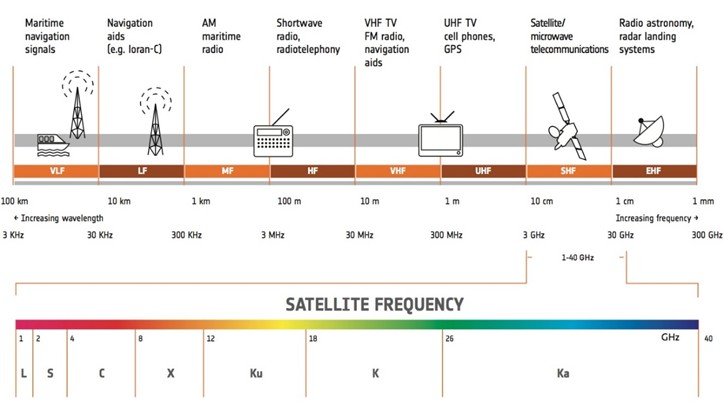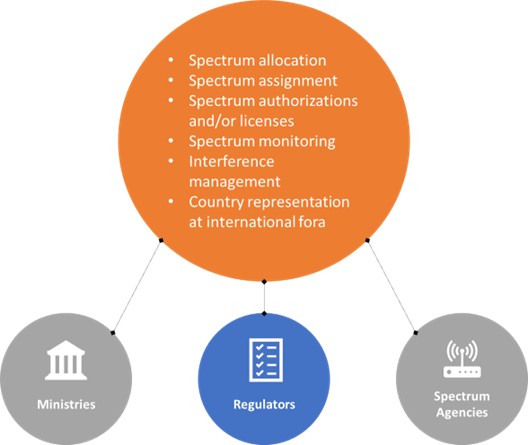
Overview of 6G (IMT-2030)
28.04.2025Introduction With the promise of ushering in new, innovative use cases and unprecedented capabilities, IMT-2030 represents the next generation of wireless connectivity. As part of the overall International Mobile Telecommunications (IMT), 6G technologies were officially named “IMT-2030” during the Radiocommunication Assembly 2023 (RA-23) (ITU‑R 2023a), 6G presents countries and their regulatory bodies with new challenges related to licensing, competition, market impact, and consumer protection. Expected to be launched by 2030, 6G networks remain early in their development though the ITU and countries around the world are actively engaged in research and technology developments. In addition to enhanced connectivity, anticipated applications…
Read »







